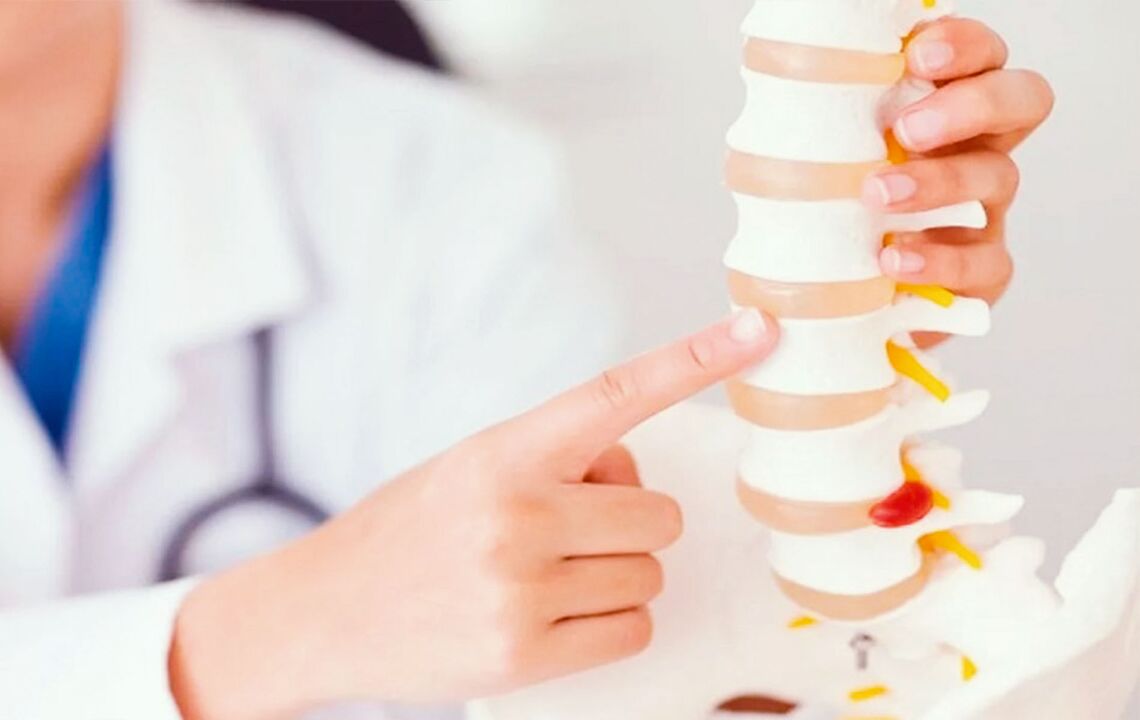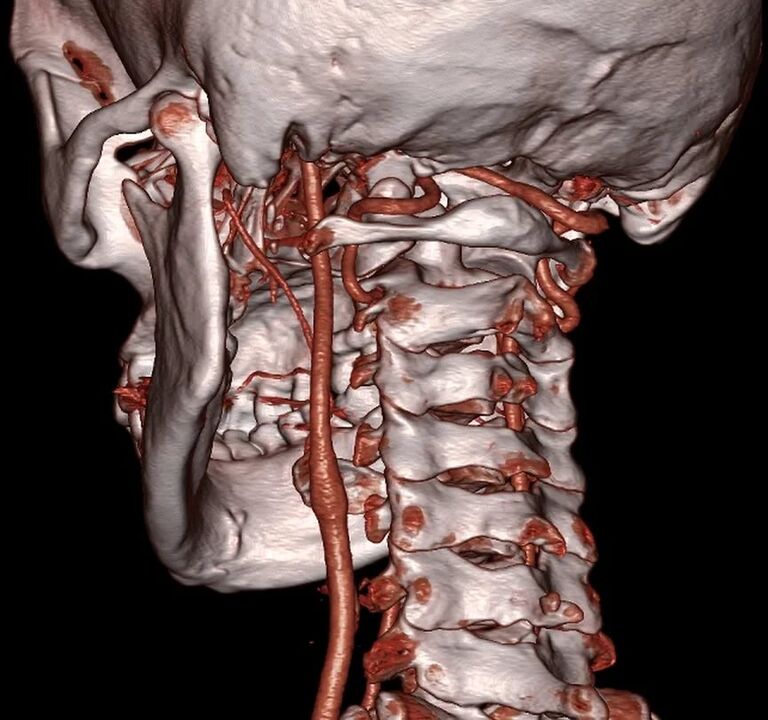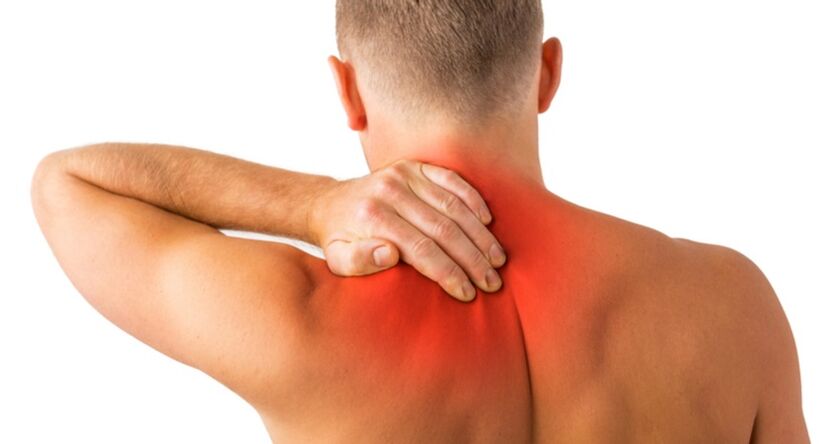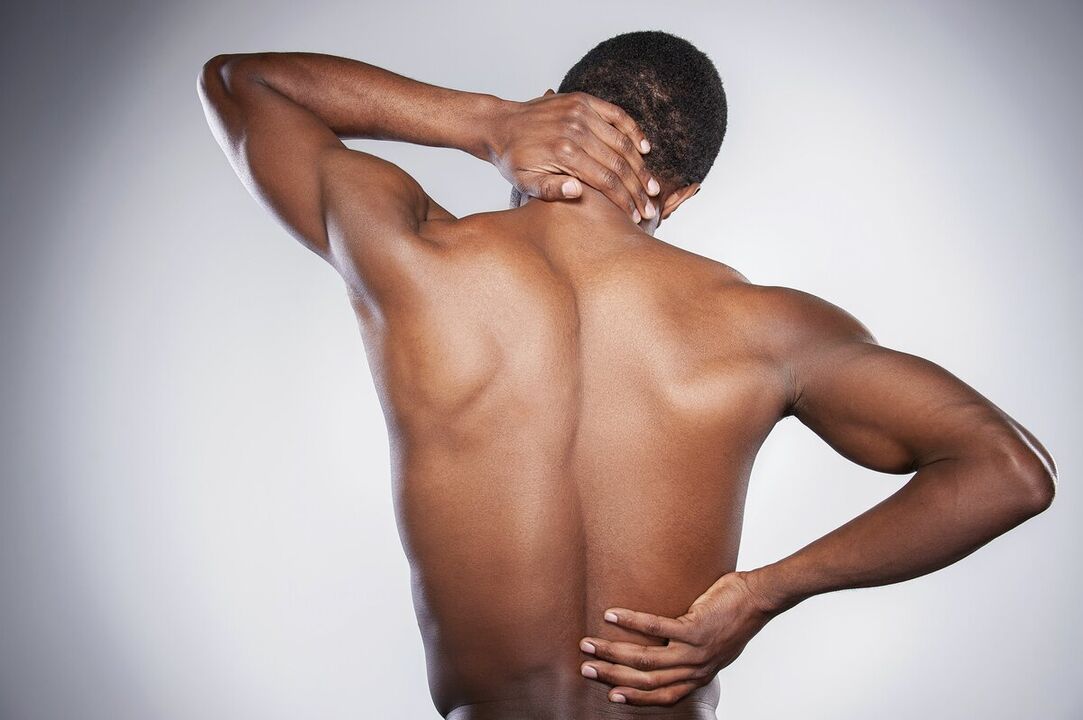Pain occurs when you don't expect it. Even the most confident in such circumstances can be confused and scared. The cause of the pain syndrome is usually bone necrosis. How is cervical spondylosis treated at home and how effective is it? Let's learn more together.
What is osteonecrosis?
Official medical sources interpret osteonecrosis as a degenerative disease affecting the intervertebral discs with involvement of adjacent vertebrae and joints. The elasticity of the disc joint is reduced - and the disc becomes thinner. It is important to understand how nutrition and metabolism work in the intervertebral discs. This structural element is formed by cartilage tissue, there are no blood vessels here. Power is diffuse, like a pump. When moving to squeeze, a lubricating fluid is released and then reabsorbed. If cervical spondylosis occurs, exercise therapy, massage, and a complete set of treatment techniques should be instituted as soon as possible.
What changes occur in the spine and what are their symptoms?
The following processes occur in the affected joint:
- the nucleus of the disc loses physiological moisture;
- cartilage loses its shape;
- lose its elasticity;
- change color;
- wither;
- Turns yellow;
- loss of resistance to damage.

The consequence of this is a violation of the synchronization of movement in the adjacent segments of the spine, invasion of the nerve roots. The main symptoms of degenerative changes will be pain, limited mobility, some form of paresthesia ("crawl", tingling).
All these changes indicate the presence of osteonecrosis. Cervical fibroids or how to treat, we will talk more.
Why does osteonecrosis occur?
The causes of the onset of the disease include everything that disturbs the strength of the disc:
- Obstruction due to static load.
- Prolonged holding of unfavorable postures, especially sitting. There is a very beautiful proverb: "If you can stand - don't sit, if you can lie - don't stand. "
- Traumatic effects on the endothelium, the fibers of the annular fibers.

Common reasons include unbalanced nutrition, lack of exercise, and inadequate development of the deep muscles that form the corset. The stability of the spine is due to the complex interplay of the skeletal, muscular and neural structures of the skeleton. Abdominal and back muscles are antagonistic, balancing each other. Thus, the postulate "motion is life" remains as relevant as ever. Exercises can effectively impact degenerative disc disease of the cervical spine. Exercise therapy is used in both the clinic and at home. Since the spine consists of several segments, disease can occur in any of them. The cervical and lumbar areas are more often exposed.
How does cervical spondylosis manifest?
Manifestations of osteonecrosis in various localities are combined into syndromes:
- cervical pain syndrome (impaired mobility of the shoulder joint, pain of a different nature);
- cervical pain (pain in the back of the head, discomfort in the neck, possibly tinnitus, dizziness, palpitations, nausea);
- cervical pain or scapular shoulder syndrome (neck pain that flows into the shoulder and arm).

If you are worried about painful attacks, often at night, accompanied by numbness, then the diagnosis can be confirmed - osteonecrosis of the cervical spine. The pain syndrome associated with this disorder is called thoracic pain.
Physiotherapy at home
The treatment of cervical spondylosis with drugs is described in many reference books. But in most cases, the effects of the drug are short-lived. Here, exercise therapy can come to the rescue.

- We stood against the wall and rested our heads against the wall. We try to press against the wall with maximum force for several seconds. Then we relax.
- We sat down at the table, resting our elbows on it. We rest our chin on our hands, trying to press on our palms, and at the same time trying to tilt our heads or turn them to the side.
- Rest your head on your hand at the back of your head. Instead, press on them with the back of your head, then relax. Do multiple reps with up to 10 seconds of holding time.
- Hold your head with the palm of your hand, pressing on one hand or the other in turn.
During exacerbations, exercises are performed for no more than 3-4 seconds and with moderate exertion. Classes will slow down the process of bone degeneration of the cervical spine. Home exercises can be started once you are satisfied that they are being performed properly in a healthcare facility.
Massage without expert help
If the diagnosis of cervical spondylosis is confirmed, massage will be one of the necessary treatment methods. In this case, it is not only useful but also irreplaceable procedure. In the beginning, it is better to take a professional course, and then perform simple techniques yourself at home. These techniques include the post-static relaxation technique. The peculiarity of this method is the passive stretching of the muscle from the overstretched position in combination with the elements of massage. The technique should be applied after the spasmodic muscles are warmed (bathing, heating, kneading, stroking).

When using the self-massage technique, the same techniques are used as in the professional technique. These are caressing, kneading, pinpointing, patting, swaying. The massage is done with warm and warm hands. Use massage oil to improve glide. The sequence of techniques is as follows:
- caress;
- denaturation;
- kneading;
- vibrate (clap, shake).
Acting on the bone resorption of the cervical spine, massage begins and ends with stroking.
A little bit of manual therapy
- We sat on a high-backed chair. We hold our head with both hands, place our thumbs on the cheekbones (more precisely, on the mole under the eye socket). We raise our eyes, take a breath, and press the back of the head with our fingers. We hold for a quarter of a minute, then on exhalation we lean back against the back of the chair and relax our neck muscles, tilting our heads down. We repeat the technique many times. Then we wrap our fingers around the neck, closer to its upper part, slightly tilting the head forward. We press our fingers to the base of the skull, making them rotate in slow motion. Slowly lower your fingers down, reaching the trapezius muscle. How to treat cervical spondylosis with the help of manual therapy can be seen through the following operations.
- We lie on our backs, pulling our shoulders down as much as possible. Place your hand on the painful side under your buttocks, palm facing up. Place your other hand under your head, hug the back of your head, and tilt your head to the side facing the problem. Inhale, press your head into your fingers for 15 seconds. As you exhale, relax and pull your head a little harder, stretching the sore muscle.

A variety of measures in the treatment of osteonecrosis
Unfortunately, it is not possible to completely defeat cervical osteonecrosis. Treatment at home or in a medical facility should be comprehensive. This includes the use of:
- analgesic;
- muscle relaxants that help reduce muscle spasms;
- drugs with chondroprotective action;
- physical therapy procedures;
- Massage;
- Exercise therapy;
- balancing diet.
After studying the medical literature, one can come to certain conclusions about the treatment of cervical spondylosis, but dispensing drugs according to professional prescription is a crime against the health of the patient. person.





































